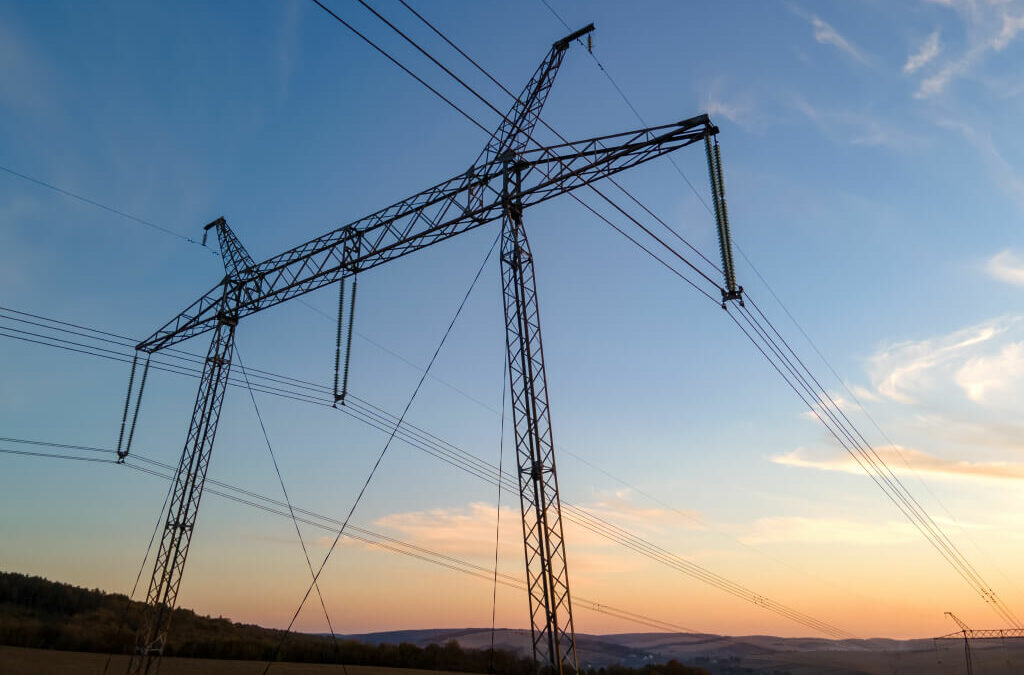Swiss Federal Railways (SBB) operates the busiest railway network in the world. Running approximately 10,000 trains on a daily basis, the SBB faces several challenges associated with increased rail usage and expansion of services.
One of these is the predicted rise in energy consumption, which is forecast to increase by 30 per cent from 2010 to 2030. This is unacceptable according to Oliver Johner, Head of the energy saving programme and Rudolf Büchi, Head of Operations and a Member of the Infrastructure Management Board at SBB AG. SBB is determined to reduce the predicted energy consumption and it seems that they will manage to do this, thanks to the adaptive control system (ADL) that is being developed.
The adaptive control system has been used since 2015 and effectively allows dispatchers and locomotive crew to collaborate more optimally. The priorities of both parties are safety, punctuality and economic efficiency, in that order. Due to the magnitude and complexity of the rail network, the slightest deviations can have negative consequences which can quickly develop into a domino effect and result in delays and demurrage.
What is the Adaptive Control System?
The traffic control system, with adaptive control is a system designed to allow rail services to carry out operations on a minimum energy, maximum capacity basis. The two main functions of the ADL is conflict optimisation and energy efficient driving.
How Does ADL Work?
The adaptive control system detects upcoming clashes well in time and calculates the optimal speed for the trains to travel at, so that they avoid the clash and arrive at their respective destinations without unnecessary stops.
The ADL also identifies trains that are predicted to arrive at their next stop ahead of schedule and calculates the most energy efficient speed for them to travel at, so that they arrive at the stop on time. The ADL carries out the following processes to achieve these two objectives:
- Logging the locations of trains
- Identifying potential conflicts network-wide
- Anticipating unscheduled stops and their duration at signals
- Calculating the section of track which can accommodate the train driving at an energy optimised speed, without interfering with other trains
- Generating messages to inform the engine driver about the energy optimised driving profile
- Communicating the calculated driving recommendation to the engine driver’s cab via LEA, smartphone, laptop or GSM-R CabRadio.
Calculations Are Received as Recommendations Only
The messages generated by the ADL are sent to the dispatcher in the train-control centre for approval, which in turn are passed on straight away to the train crew. These are treated purely as recommendations and not instructions set in stone. Engine drivers still treat track signals as the highest priority.
Energy Savings on the Swiss Federal Railways
Last year, 635,000 driving recommendations were delivered by ADL and resulted in energy savings of 74 GWh. This is equivalent to a nearly 50 per cent energy saving increase compared to the previous year. These savings are predicted to increase even more in the years to come, subject to the operational situation and the resultant conflicts.

